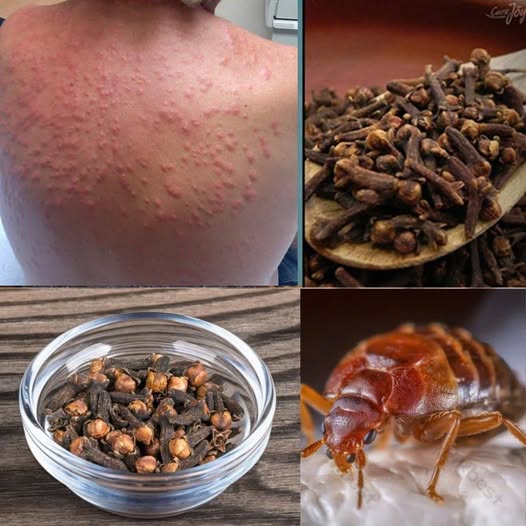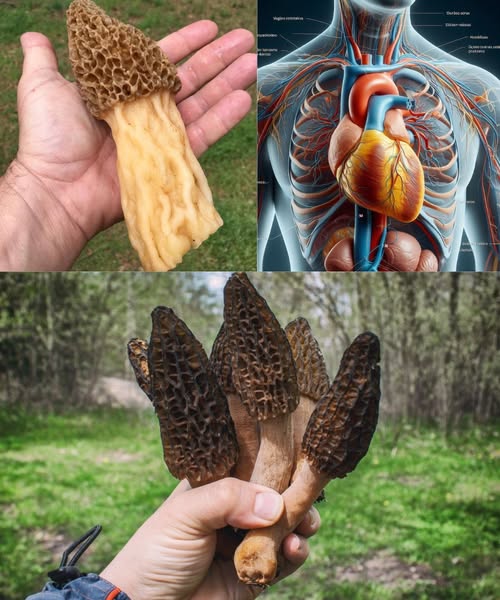Introduction

Bedbugs are among the most dreaded household pests, causing sleepless nights and stress for many homeowners. These tiny, blood-sucking parasites can infest even the cleanest homes and are notoriously difficult to eliminate. But what exactly are bedbugs, and how do they survive? More importantly, how can you effectively remove them from your house for good?
In this comprehensive guide, we will uncover the secrets of bedbugs, explore their life cycle, and provide powerful strategies to permanently eradicate them from your home. Whether you’re dealing with an infestation or looking for preventive measures, this article is your go-to resource.
Understanding Bedbugs: How Do They Live?
1. What Are Bedbugs?
Bedbugs (Cimex lectularius) are small, reddish-brown insects that feed on the blood of humans and animals. They are nocturnal and usually hide in mattresses, furniture, cracks, and crevices during the day. Bedbugs are known for their rapid reproduction and resilience, making them one of the most challenging pests to exterminate.
2. The Bedbug Life Cycle
Understanding the bedbug life cycle is crucial to eliminating them effectively. Their life stages include:
- Eggs: Tiny, white, and laid in clusters (1-5 eggs per day, up to 500 in a lifetime).
- Nymphs: Hatch within 6-10 days and go through five molting stages before adulthood.
- Adults: Fully grown within 5-7 weeks, capable of surviving months without feeding.
3. Where Do Bedbugs Hide?
Bedbugs prefer dark, hidden areas near their hosts. Common hiding spots include:
- Mattresses and box springs
- Cracks in walls and floors
- Upholstered furniture
- Electrical outlets and baseboards
- Luggage and clothing
4. How Do Bedbugs Spread?
Bedbugs are expert hitchhikers, spreading through:
- Travel (hotels, public transport, luggage)
- Second-hand furniture and clothing
- Visitors unknowingly carrying them from infested places
- Apartment buildings and shared housing
How to Identify a Bedbug Infestation
1. Signs of Bedbugs in Your Home
Look out for these warning signs:
- Bite Marks: Red, itchy welts in a line or cluster, typically on exposed skin.
- Blood Stains: Small reddish-brown spots on sheets and mattresses.
- Fecal Droppings: Tiny dark spots on bedding, furniture, and walls.
- Shed Skins: Exoskeletons left behind as nymphs grow.
- Musty Odor: A strong, unpleasant smell from bedbug scent glands.
2. Where to Inspect for Bedbugs
- Use a flashlight to check mattresses, bed frames, and headboards.
- Inspect furniture seams, behind wallpapers, and inside electrical outlets.
- Check luggage and clothing after traveling.
How to Eradicate Bedbugs from Your House
1. Deep Cleaning & Decluttering
- Wash all bedding, curtains, and clothes in hot water (above 120°F/49°C) and dry on high heat.
- Vacuum mattresses, carpets, and furniture thoroughly.
- Seal cracks and crevices where bedbugs may hide.
2. Heat & Cold Treatments
- Use a steamer (above 130°F/54°C) to kill bedbugs and eggs instantly.
- Place infested items in a freezer below 0°F (-18°C) for at least 4 days.
3. Natural Remedies & DIY Treatments
- Diatomaceous Earth: Sprinkle around infested areas to dehydrate and kill bedbugs.
- Baking Soda: Absorbs moisture and can help eliminate bedbugs.
- Essential Oils (Tea Tree, Lavender, Peppermint): Repel bedbugs but may not kill them completely.
4. Chemical Treatments & Pesticides
- Use EPA-approved insecticides for targeted treatment.
- Apply bedbug sprays and powders to cracks, crevices, and bedding.
- Consider residual insecticides for long-term protection.
5. Hiring Professional Exterminators
If the infestation is severe, hire a licensed pest control service for heat treatment, fumigation, or chemical extermination.
Preventing Future Infestations
1. Regular Inspections
- Check for bedbugs every few months, especially after traveling or bringing in second-hand furniture.
2. Protective Covers & Barriers
- Use bedbug-proof mattress and pillow encasements.
- Install interceptors under furniture legs to trap bedbugs.
3. Travel Precautions
- Inspect hotel rooms before unpacking.
- Keep luggage elevated and sealed.
- Wash and heat-dry clothes after returning from trips.
4. Maintain Cleanliness
- Vacuum frequently, especially in bedrooms.
- Declutter and seal entry points in walls and furniture.
Conclusion
Bedbugs are persistent pests that require a combination of methods to eliminate. Identifying them early, using heat and chemical treatments, and taking preventive measures are key to keeping your home bedbug-free. By following this guide, you can take control of the infestation and prevent future outbreaks. If the problem persists, seeking professional help is the best course of action.


